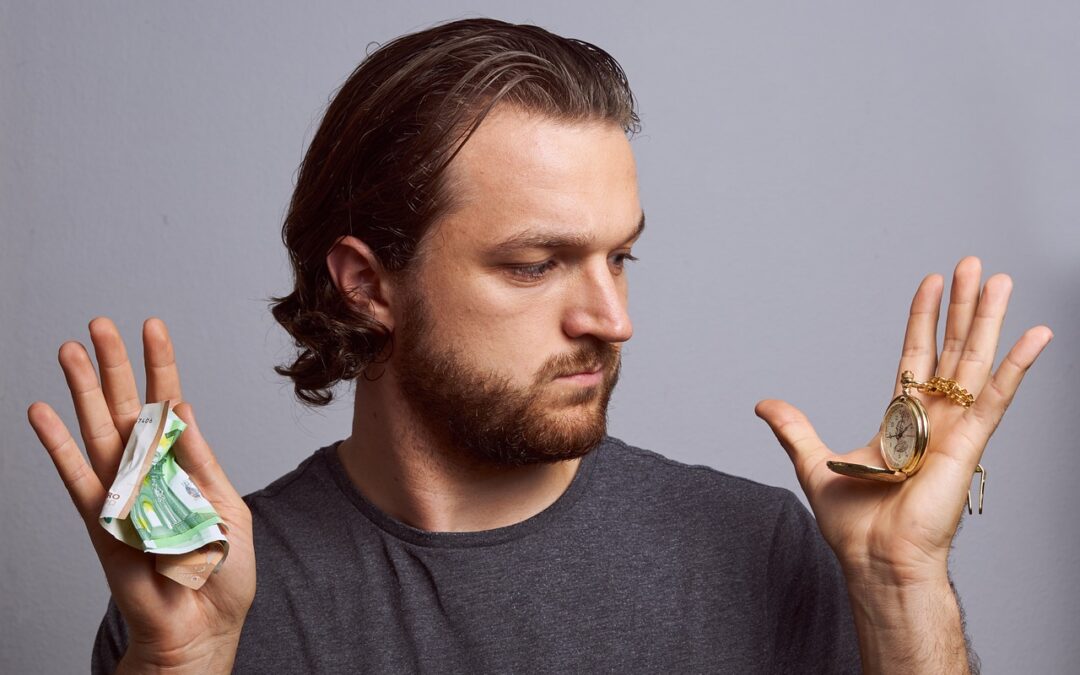We all have those pivotal moments in our lives when we need to make a choice. Whether that is about a relationship scenario, career possibilities, where we live, what we learn, or what we give up in order to better ourselves.Making choices can be simple, or hard, depending on what’s on offer, what we value and how we work.
The Mechanics of Making Choices
Reason, preference or bias, emotion and memory are the key influencers of making decisions. Psychologists say that the ability to think critically is essential in making good decisions. They say:
The ability to think critically is key to making good decisions without succumbing to common errors or bias. This means not just going with your gut, but rather figuring out what knowledge you lack and obtaining it. When you look at all possible sources of information with an open mind, you can make an informed decision based on facts rather than intuition.
Psychology Today
For the most part, I agree. However, what if intuition or gut instinct actually encompasses that knowledge gap? What if the gut instinct will tell you which choice would make you the most content, so that then you can investigate further with the critical mind?
The critical mind is an interesting place however. Often people mistake opinions for facts, or they carry out too much research so as to confuse themselves entirely. After all, a good researcher will usually find what they’re looking for, whichever side of the debate they sit on. Other times too, a person will not acknowledge, logically, the mistakes they have made in the past so that they may make the same mistake again, if they do not consider their feelings on the matter.
Gut instinct and critical thinking both have a place in making choices.
Making Choices with the Unconscious Mind
Feeling is the language of the unconscious mind, along with imagery, and deep seeded beliefs. There are a number of techniques I do in session that speak directly to my client’s unconscious reactions, through physical or emotional sensations in the body.
In some of these techniques, for example, the sensations could be tingling. In other techniques the sensation might be more of a feeling of elation or dread. These sensations are answers. The tingling example is used as a ‘yes’ signal, when elicited that way, and the emotional response is self evident.
The techniques themselves are very simple. The one I use for making choices is the simplest of the lot.
- Identify 2 or 3 choices (if there are more, do a separate exercise for them)
- Get yourself into a relaxed sate, perhaps a few rounds of deep breathing
- Place one markers for each choice, on the floor, 4-5 metres away from you, and about 1 metre apart
- Then place another marker – this represents an unknown option
- Consciously and slowly walk up to the first maker/first choice, aware that each step towards that marker is a step in time towards committing to that choice. When you get there, notice what sensations you get having committed to that choice.
- Notate your findings.
- Now walk up to it again, but this time the timing represents 6 months or 2 years or whatever timeframe you decide, having committed to that choice.
- Notate your findings
- Now do the same with the other choice(s)
- When you come to the unknown option, simply notice what sensations you receive. Notice if any ideas have sprung forth from the unconscious mind. Are these worth exploring too?
Once you know how you feel about something, you can then analyse it to bits and see what knowledge gaps you have around it. Once you’ve addressed those, then you could perform this technique again to see how you feel.
If you would like some help making choices, we can help. Horizons Clinical Hypnotherapy Sunshine Coast

